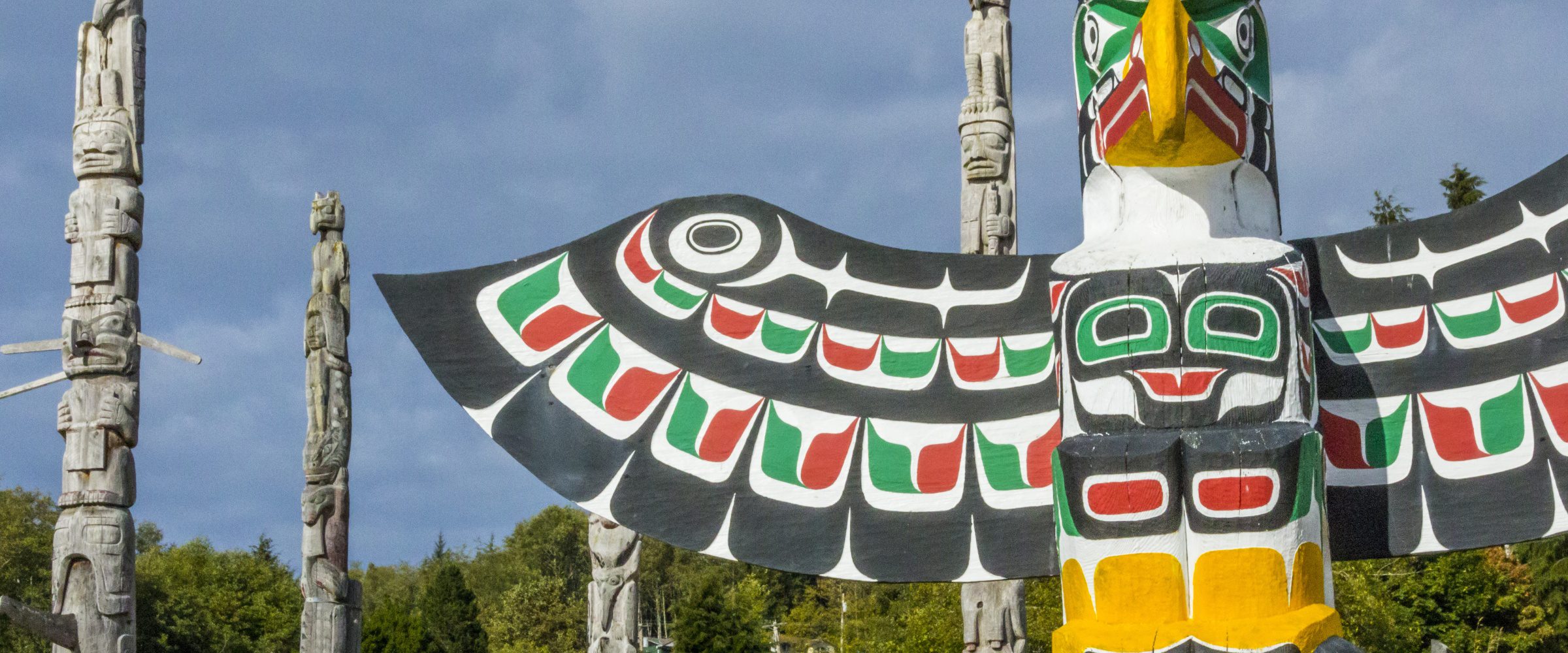This summer a renewed BC Tripartite Education Agreement: Supporting First Nation Student Success (BCTEA) was signed between the Government of Canada, Government of British Columbia and First Nations Education Steering Committee.
This is a crucial agreement, with important implications explained on FNESC.ca, which indicate that the agreement is “setting the foundation for further growth and changes to support the growth of our BC First Nations education system. Those changes include new funding commitments, new First Nations education commitments from Canada and BC, continuation of our Special Education Program, and important Nominal Roll changes, among others.”
BCTEA will affect local boards of education throughout the province in several ways as the three parties work toward improving the learning outcomes for BC’s First Nation students. You can read and learn more about the agreement on FNESC.ca. In particular, sections 2.5 and 2.6 of the BCTEA outline several key initiatives that will touch BC’s boards of education.
“2.5 Through the provision of funding for Second and Third Level Services, Canada invests in and supports First Nations to negotiate and implement LEAs.
2.6 To encourage and support boards of education to negotiate LEAs, British Columbia will:
- a) invest and implement negotiation and administration support funding to build capacity of boards of education to negotiate and implement LEAs;
- b) jointly convene, with FNESC, an annual meeting with school districts to educate and share information about:
- i. the UN Declaration, the TRC Calls to Action, Tsilhqot’in, and the Draft 10 Principles that Guide the Province of British Columbia’s Relationship with Indigenous Peoples; H-3
- ii. LEAs as a mechanism for building relationships, accountability for student outcomes, and contributing to reconciliation between school districts and First Nations; and
- iii. Other First Nation education topics, as appropriate and in support of furthering the purpose and objectives of the Agreement; and
- c) explore, identify and implement other mechanisms to share information on LEAs with education stakeholders.”
It is also worth noting that BCSTA will also address transportation concerns, with “targeted funding” to be used to improve access to schools. The agreement outlines that the national government will pay for the First Nation Student Transportation Fund, while the provincial government will allocate the fund to schools via special grants. Boards of education will be required to report on spending, and the process will be evaluated after two years. You can read the document in its entirity by clicking here.
Engagement with First Nations communities is a key factor of BCTEA moving forward, as learning outcomes vary across BC’s 60 school districts. You can learn more about these strategies, proposed outcomes and more on FNESC.ca/bctea.


